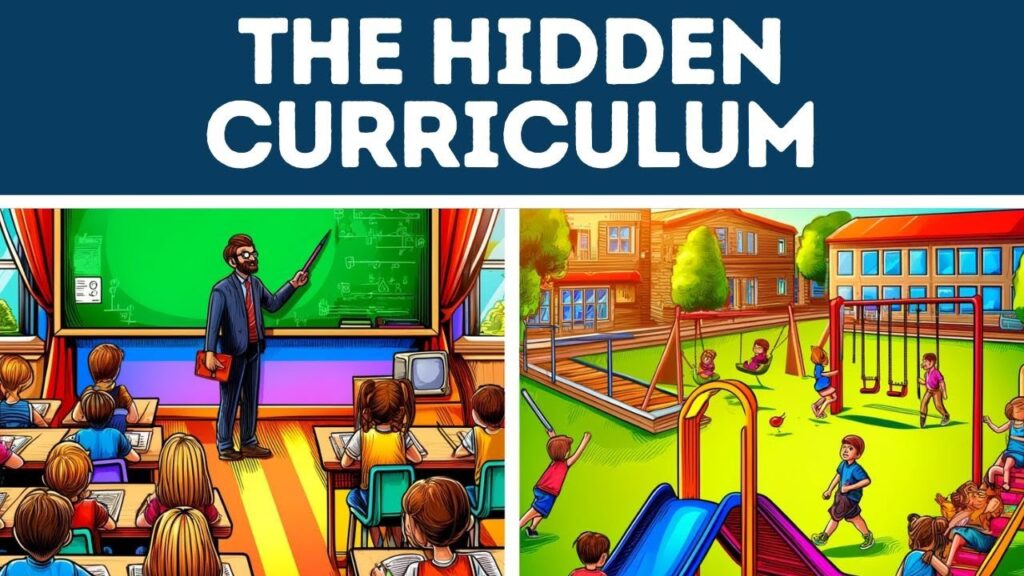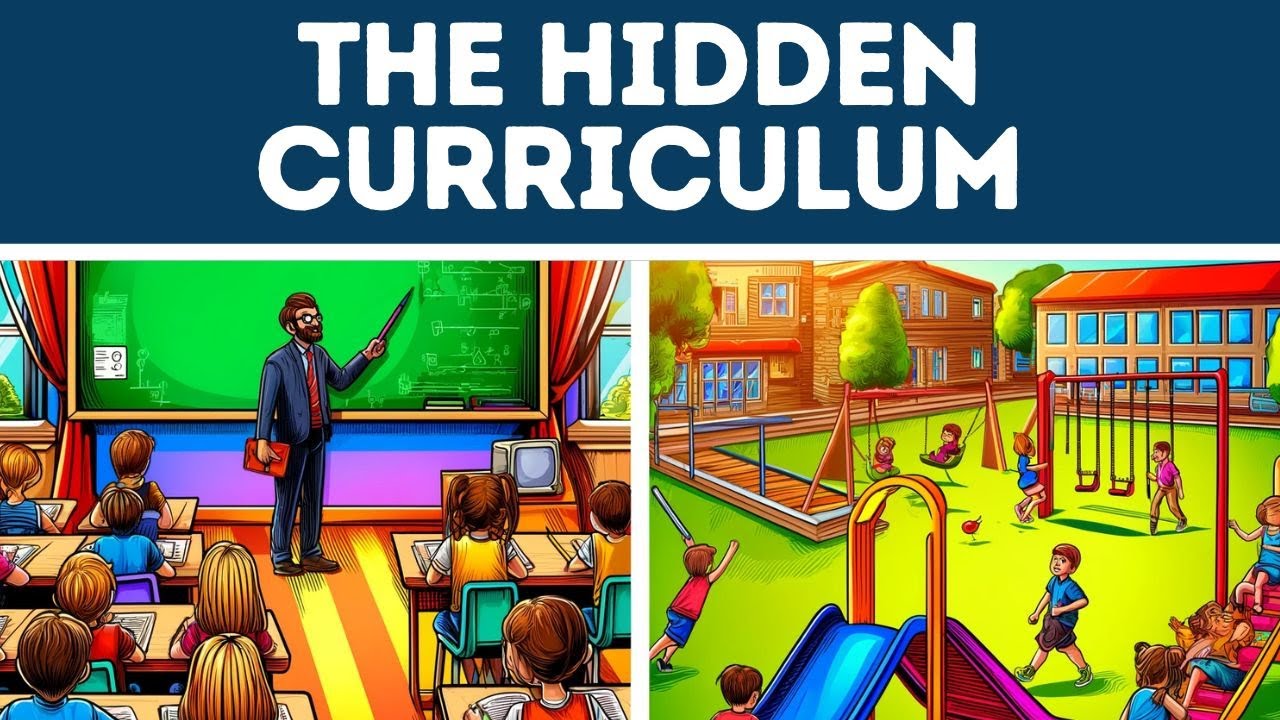
Why Orange Curriculum Might Not Be the Best Fit: A Critical Look
Orange curriculum is a popular choice for many churches seeking to engage children and teenagers with faith-based teachings. However, a closer examination reveals several potential drawbacks that warrant careful consideration. This article will delve into the reasons why the Orange curriculum might not be the ideal solution for every church or family. We will explore issues related to its rigid structure, theological nuances, cost, and adaptability to diverse contexts. Understanding these potential pitfalls is crucial for making an informed decision about whether Orange curriculum aligns with your specific needs and values. Ultimately, choosing the right curriculum is about finding the best way to nurture faith in a way that is both effective and authentic.
The Structure of Orange: Too Rigid for Some?
One of the primary criticisms of the Orange curriculum is its perceived rigidity. The program is heavily structured, dictating not only the content but also the delivery methods. This can be a significant challenge for churches with limited resources or those who prefer a more flexible approach to teaching. The tightly scripted lessons may stifle creativity and limit the ability of teachers to adapt the material to the specific needs and interests of their students.
For example, a smaller church with volunteer teachers might struggle to implement the program as intended. The extensive preparation required, including gathering specific materials and following detailed instructions, can be overwhelming for individuals with limited time and training. Furthermore, the emphasis on a specific style of presentation might not resonate with all teachers, leading to a less engaging experience for the children.
The lack of flexibility also poses challenges for churches with diverse congregations. The Orange curriculum is designed to be used in a specific way, and deviations from the prescribed format are discouraged. This can make it difficult to adapt the material to the cultural or linguistic needs of different groups within the church. While some adaptations are possible, they often require significant effort and resources, which may not be available to all churches.
Theological Considerations: Does Orange Align with Your Beliefs?
Beyond the structural concerns, some critics have raised questions about the theological underpinnings of the Orange curriculum. While the program generally promotes biblically sound principles, its emphasis on certain themes and interpretations may not align with the specific beliefs of all denominations or individual churches. It’s important to carefully evaluate the curriculum’s theological framework to ensure that it is consistent with your own doctrinal convictions.
For instance, the Orange curriculum tends to focus on practical application and relationship-building, which are undoubtedly important aspects of faith. However, some argue that it may downplay the importance of theological depth and doctrinal understanding. This can be a concern for churches that prioritize systematic theology and believe that a solid foundation in biblical doctrine is essential for spiritual growth.
Furthermore, the curriculum’s emphasis on creating a positive and engaging experience for children can sometimes overshadow the more challenging aspects of the Christian faith, such as sin, repentance, and the need for salvation. While it’s important to present these concepts in an age-appropriate manner, neglecting them altogether can result in an incomplete and potentially misleading understanding of the Gospel.
The Cost Factor: Is Orange Curriculum Worth the Investment?
The Orange curriculum is not a cheap option. Implementing the program requires a significant financial investment, including the purchase of curriculum materials, training for teachers, and ongoing support. For smaller churches or those with limited budgets, the cost can be a major barrier to entry. It’s important to carefully weigh the benefits of the Orange curriculum against its cost and consider whether there are more affordable alternatives that can achieve similar results.
The cost of the curriculum extends beyond the initial purchase price. Churches also need to factor in the cost of supplementary materials, such as activity sheets, crafts, and decorations. Additionally, ongoing training and support for teachers can add to the overall expense. Before committing to the Orange curriculum, it’s essential to develop a detailed budget that accounts for all of these costs.
Furthermore, it’s worth considering whether the money spent on the Orange curriculum could be better allocated to other areas of ministry. For example, investing in qualified staff, providing resources for families, or supporting local outreach programs might have a greater impact on the overall health and growth of the church. A careful cost-benefit analysis is crucial for making a responsible decision about how to allocate resources.
Adaptability to Diverse Contexts: One Size Fits All?
The Orange curriculum is designed to be used in a variety of church settings, but its adaptability to diverse contexts can be limited. The program is primarily geared towards larger churches with dedicated children’s and youth ministries. Smaller churches or those with unique needs may find it difficult to adapt the curriculum to their specific circumstances. The curriculum also sometimes assumes a level of technological access that isn’t available to all families or churches.
For example, churches in rural areas or those serving low-income communities may lack the resources to implement the program as intended. The reliance on technology, such as online videos and interactive games, can be a barrier for families who do not have access to computers or the internet. Similarly, the emphasis on elaborate activities and decorations may not be feasible for churches with limited budgets or volunteer support.
Furthermore, the Orange curriculum may not be culturally relevant in all contexts. The program is primarily developed for a Western audience and may not adequately address the needs and interests of children from diverse cultural backgrounds. Adapting the curriculum to make it more culturally sensitive requires significant effort and expertise, which may not be available to all churches.
Alternatives to Orange: Exploring Other Options
Fortunately, the Orange curriculum is not the only option available for churches seeking to engage children and teenagers with faith-based teachings. There are a variety of alternative curricula that offer different approaches and cater to different needs. Exploring these options can help you find a program that is a better fit for your church or family. Some popular alternatives include:
- Deep Roots: Focuses on theological depth and biblical literacy.
- The Gospel Project: Presents the entire Bible as one unified story of God’s redemption.
- Tru Curriculum: Offers a flexible and adaptable approach to teaching.
In addition to these pre-packaged curricula, many churches choose to develop their own custom curriculum. This allows them to tailor the content and delivery methods to the specific needs and interests of their students. While this approach requires more time and effort, it can result in a more engaging and effective learning experience. [See also: Creating a Custom Sunday School Curriculum]
Making an Informed Decision: Choosing the Right Curriculum
Ultimately, choosing the right curriculum is a matter of careful consideration and prayerful discernment. It’s important to weigh the pros and cons of each option and consider how well it aligns with your specific needs, values, and resources. Don’t be afraid to ask questions, seek advice from other churches, and pilot test different programs before making a final decision. Remember, the goal is to find a curriculum that will help you nurture faith in a way that is both effective and authentic. The Orange curriculum may be a great fit for some, but it is vital to understand the potential drawbacks and ensure it aligns with your church’s specific context. Consider all aspects before committing to using Orange curriculum.
Before implementing the Orange curriculum, consider these questions:
- Does it align with our theological beliefs?
- Is it adaptable to our specific context?
- Can we afford the financial investment?
- Do our teachers have the resources to implement it effectively?
By carefully considering these factors, you can make an informed decision about whether the Orange curriculum is the right choice for your church or family. Remember, the most important thing is to create a learning environment that is engaging, meaningful, and Christ-centered. Using Orange curriculum can be a great option, but only if it is the right fit. There are many alternatives to Orange curriculum that may be a better fit for your church or family. The decision to use Orange curriculum needs careful planning.

